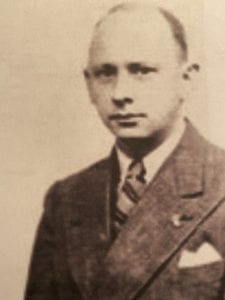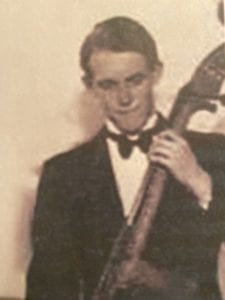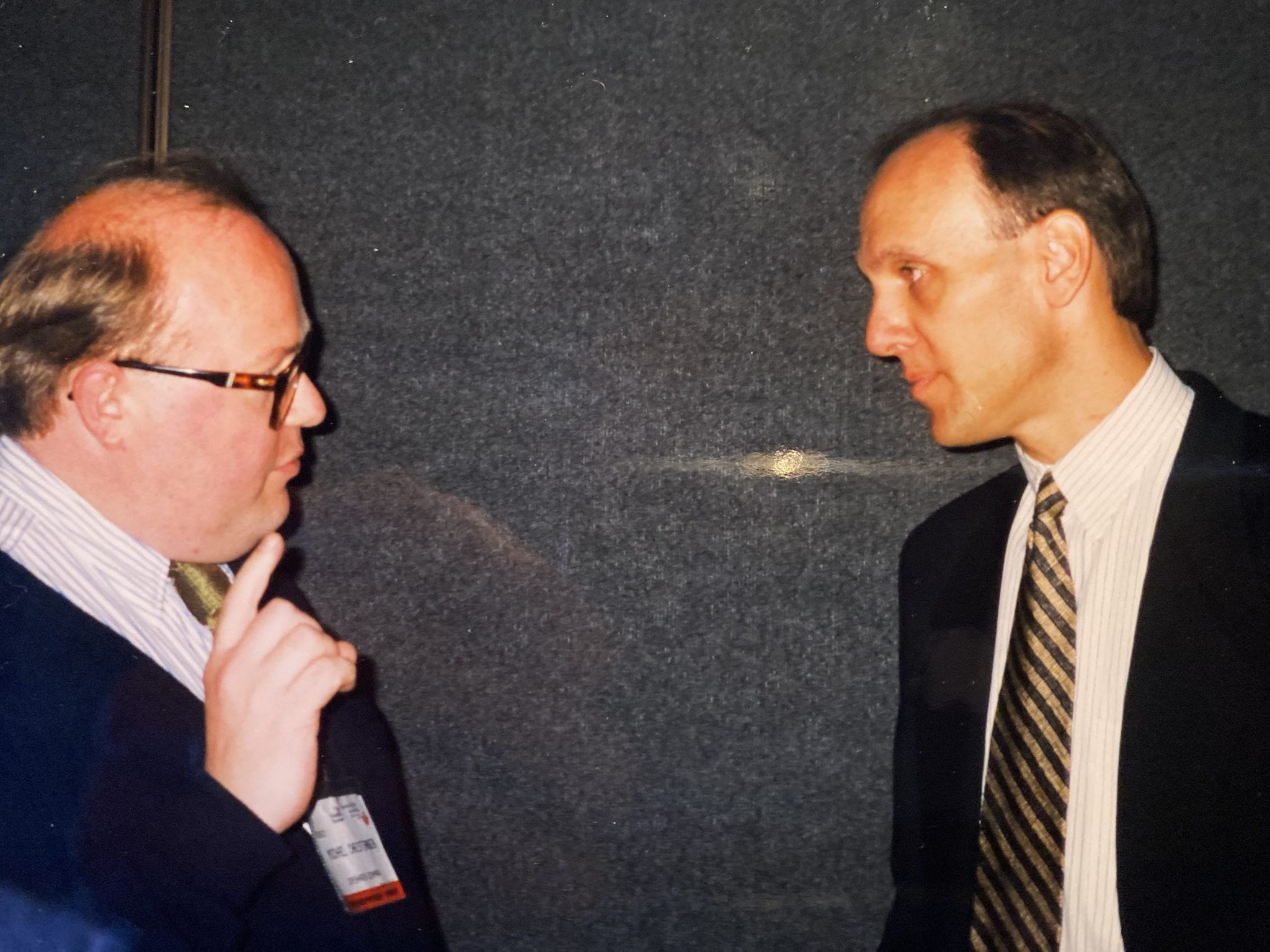Göran Wettrell
Sweden

Sudden and unexpected death in people who are less than thirty-five years of age is associated with negative autopsy results in forty percent of cases.1 Long QT Syndrome (LQTS) is one of the most common cardiac ion channelopathies to cause sudden death in young people.
In the late 1950s and early 1960s, reports emerged of sudden deaths in children with and without deafness who had ECGs with prolonged QT intervals.2, 3, 4 In 1975, two hundred reports of patients had been collected under the diagnostic term “long QT syndrome” and successful therapy with beta-blockers was reported. Within twenty years, clinical diagnostic criteria for LQTS (Schwartz score) were formulated5 and an extended report was published from the International Long QT Registry.
In the early and middle 1990s, publications appeared that began to identify the mutations giving rise to LQTS by way of genetic mapping.6 Today the clinical genetic testing and registry information contributes to diagnosis, risk stratification, and treatment.
Jervell and Lange-Nielsen Syndrome (JLNS)
In 1957, Norwegian doctors Anton Jervell (Figure 1) and Fred Lange-Nielsen (Figure 2) published a paper concerning the combination of bilateral sensorineural hearing loss, peculiar heart disease with prolongation of the QT interval, and sudden death in a family of six children.2 The four deaf-mute children suffered from fainting attacks between the ages of three and five, and three of them died within a few years. By clinical, laboratory, and radiological examination, no sign of heart disease could be discovered but the electrocardiogram did show a prolonged QT interval. The authors concluded that the findings “represent a characteristic syndrome” and that the condition might be “due to a congenital anomaly of the myocardial metabolism with delay of the repolarisation phase, caused by some enzymatic deficiency.”2
Romano-Ward syndrome

In the 1964 Journal of the Irish Medical Association, Dublin professor Owen Conor Ward (Figure 3) described two fainting children with prolonged QT intervals and attacks of ventricular fibrillation on ECG following exertion or emotional disturbance. There was no proven myocardial disease but there was a family history of the same symptoms.3 Both children had normal hearing.
A six-year-old girl was studied in the hospital while running round the ward and during exercise in bed with ECG electrodes in position (personal communication from Ward, 1998). The exercise induced loss of consciousness and electrocardiographic changes with inverted T waves and isolated giant complexes, followed by ventricular fibrillation. Professor Ward suggested that a metabolic disorder in the myocardium slowed repolarization. Furthermore, he proposed an “undue sensitivity of the myocardium to sympathetic stimulation” with attacks occurring during stress and with dilated pupils. He observed that the children had fewer fainting attacks “on a drug (propranolol) which blocks the effect of the sympathetic at the beta receptor in the myocardium.” The family history included a mother with QT prolongation and a history of sudden death in her family. In 1966 Ward concluded that this syndrome had an autosomal dominant inheritance pattern and that JLNS likely represented an autosomal recessive form.
Comments on the article by Professor Ward were published in The Lancet with a recommendation to perform an ECG on children with a history of fainting. The remarks were also noted by Italian pediatrician Caesoro Romano, who had recently published clinical information about three siblings with similar findings.4 More cases would be reported in the coming years from Sweden and other countries. In 1970 the condition was referred to as Romano-Ward syndrome. Further advances in the field of inherited arrhythmias were based on the precise clinical description of the phenotype.
LQTS and the mutations of genes encoding ion channels
Conditions were excellent for the study of molecular genetics in Utah in the late 1980s. The Mormon Church, with its large supportive families and a well-known genealogy, created a favorable research base. The University of Utah offered valuable and modern research tools with genetic probes and animal models. The research environment was open and attracted people interested in molecular genetics from all over the world.7
Professor Mark T. Keating (Figure 4) started in 1989 the first genetic linkage analysis on large families from Utah with LQTS. In 1991 his research group published a probable link between LQTS and a region in chromosome 11, indicating the Harvey-vas1 gene.6 However the correct gene KCNQ1 (KVLQT1), situated nearby on the chromosome and encoding a potassium channel, had been definitively established in 1966 by positional cloning to be related to LQTS 1.8 The research group had mapped further loci on the chromosomes 3 and 7 in 1994. In 1995 the mutations in genes KCNH2/HERG encoding a potassium channel and SCN5A encoding a sodium channel were identified and related to LQTS 2 and 3, respectively.9,10 The hard work of the Utah research group contributed to tremendous progress in a short period of time.
The inherited mutations in genes that encode specific ion channels at the myocyte membrane lead to faulty repolarization currents with prolongation of the cellular action potential and the prolonged QT interval on ECG. The channelopathies make the myocardium vulnerable to ventricular arrhythmias and may cause sudden death.
At present, long QT syndrome is known to be caused by mutations in any of seventeen LQTS genes. The most common genotypes are LQT 1, 2, and 3, which are found through clinical genetic testing. The most important elements of a risk assessment are the prolongation of the QT interval on ECG, the clinical symptoms of fainting and cardiac arrest, and findings of specific and multiple mutations on genetic testing. Looking forward, the research on LQTS may open up possibilities for treatment with gene therapy, the therapeutic use of pluripotential cell lines, and use of increased amounts of data available from clinical registries.1


References
- Skinner JR, Winbo A, Abrams D, Vohra J, Wilde AA. Channelopathies that lead to Sudden Cardiac Death: Clinical and Genetic Aspects. Heart, Lung and Circulation 2019; 28: 22-30.
- Jervell A, Lange-Nielsen F. Congenital deafness, functional heart disease with prolongation of the QT interval and sudden death. Am Heart J. 1957; 54: 59-68.
- Ward OC, A New Familial Cardiac Syndrome in Children. J Irish Med Assoc. 1964; 54: 103-106.
- Romano C, Gemme G, Ponglíglione R. Aritmie cardiache rare dell´eta´ pediatrica Clinia Pedaitrica 1963; 45:656-683.
- Schwartz PJ, Moss AJ, Vincent GM, Crampton RS. Diagnostic criteria for the long QT syndrome: an update. Circulation. 1993; 88: 782-784.
- Keating M, Atkinson D, Dunn C, Timothy KW, Vincent GM, Leppert M. Linkage of a cardiac arrhythmia, the long QT syndrome and the Harvey ras-1 gene. Science. 1991; 252: 1136-1144.
- Nuzzo R. Biography of Mark T. Keating. PNAS. 2005; 102: 8086-8088.
- Wang Q, Curran ME, Splawski I, Burn TC, Millholland JT, VanRay TJ, Shen J, Timothy KW, Vincent GM, deJager T, Schwartz PJ, Towbin JA, Moss AJ, Atkinson DL, Landes GM, Connors TD, Keating MT. Positional cloning of a novel potassium channel gene: KVLOT1 mutations cause cardiac arrhythmias. Nat Genet. 1996; 12: 17-23.
- Curran ME, Splawski I, Timothy KW, Vincent GM, Green ED, Keating MT. A molecular basis for cardiac arrhythmia: HERG mutations cause long QT syndrome. Cell. 1995; 80: 795-803.
- Wang Q, Shen J, Splawski I, Atkinson D, Li Z, Robinson JL, Moss AJ, Towbin JA, Keating MT. SCN5A mutations associated with an inherited cardiac arrhythmia, long QT syndrome. Cell. 1995; 80: 805-811.
GORAN WETTRELL, MD, PhD, FLS, is Associate Professor and Senior Consultant in Pediatric Cardiology and Pediatrics at Lund University, Sweden whose main interest is in molecular genetics in cardiology and in primary arrhythmias. Other interests include male choir singing and medical humanities.

Leave a Reply